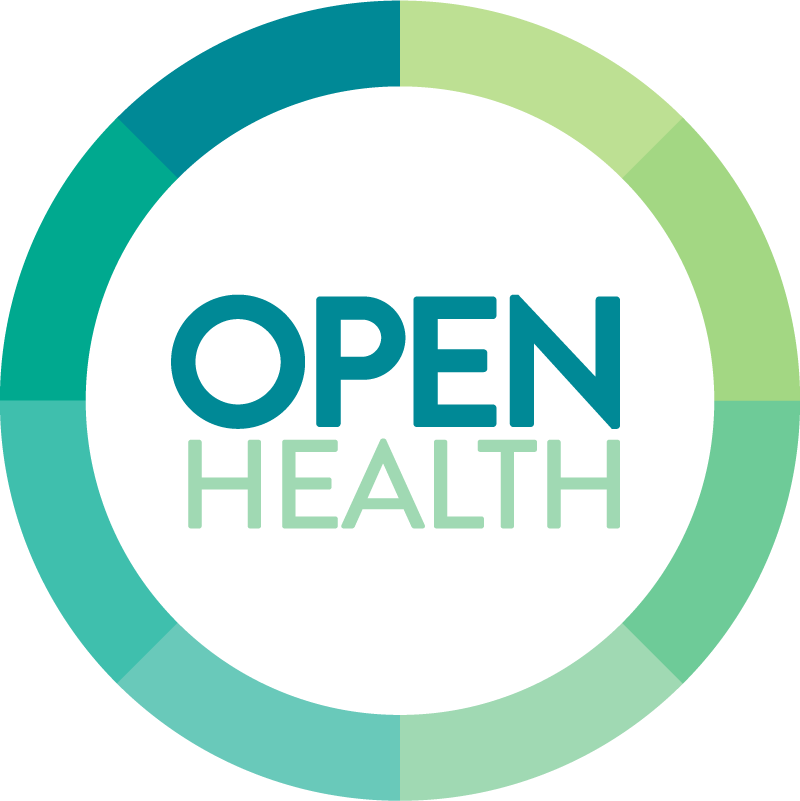Watch out for seasonal affective DISORDER (SAD)
This is the season when days are shortest, with only 10 hours of sunlight. Have you noticed an unwelcome change in your mood, not related to the things that typically create distress in your life? It might be Seasonal Affective Disorder (SAD), a form of depression that is triggered by reduced exposure to sunlight.
Depression can interfere with quality of life in many subversive ways: it can cause you to feel lethargic, down for most of the day, discouraged, with defeatist thinking, or loss of interest in things that you usually enjoy. SAD, its chilly weather cousin, can also lead to oversleeping, craving of carbs, and unexplained fatigue.
There are several causes of SAD; your biological clock may be disrupted by reduced exposure to sunlight. It may also be caused by a drop in Serotonin, a brain chemical that regulates mood, due to lack of exposure to the sun. Low levels of Vitamin D, the “sunshine vitamin,” is also suspected of contributing to this drop. Our internal circadian rhythm of sleep and wakefulness changes so gradually, in response to the shifting balance of light and darkness as the seasons change, that it is easy to overlook incremental changes in our mood. January is a good time to become mindful of any lull we may feel in our energy and emotional availability.
Good news: several remedies for SAD are readily available. If you can, adjust your schedule to include as much outdoor time as possible. Vitamin D supplements are often helpful. Several common antidepressant meds work by increasing your level of Serotonin. Make a deliberate choice for a self-nurturing activity you may have neglected, even if you’re not in the mood. Consider chocolate. For people who already experience depression, SAD is an unwelcome addition, and counseling can help.
Best of all, spring is coming.
Lynn Schlossberger LPC
For more information on Seasonal Affective Disorder, visit: http://bit.ly/ohcc_SAD















